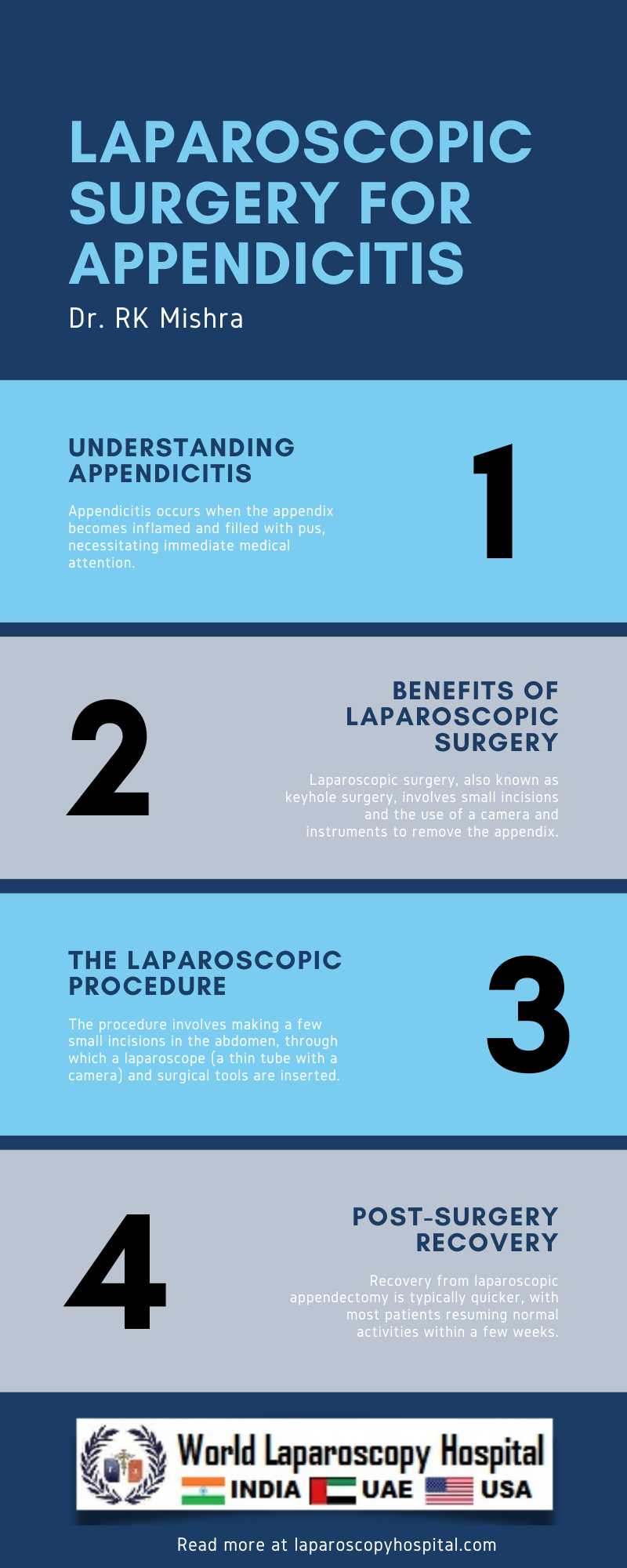
Appendicitis, the inflammation of the appendix, is a common acute surgical condition. Traditionally, appendicitis was treated with an open appendectomy, which involves a larger abdominal incision. However, with the advent of laparoscopic techniques, the approach to appendicitis has undergone a substantial transformation.
Laparoscopic surgery, also known as keyhole surgery, utilizes small incisions and specialized instruments to perform the surgery. A laparoscope, a thin tube with a camera and light, is inserted through one incision, allowing the surgeon to view the inside of the abdomen on a monitor. Other small incisions are used to insert the surgical instruments to remove the appendix.
The benefits of laparoscopic surgery for appendicitis are manifold. Patients often experience less postoperative pain, reduced scarring due to smaller incisions, and a shorter recovery time, allowing for a quicker return to daily activities. The reduced trauma to the abdominal wall also results in lower rates of infection and postoperative complications.
Moreover, laparoscopic surgery offers better diagnostic accuracy. The camera provides a detailed view of the abdominal cavity, enabling the surgeon to confirm the diagnosis of appendicitis and assess for any other abdominal pathology that might not have been detected through traditional methods.
Despite its advantages, laparoscopic surgery for appendicitis is not without challenges. The technique requires specialized training and expertise in laparoscopic procedures. It may not be suitable for all cases, such as in the presence of extensive abdominal adhesions from previous surgeries or in advanced cases of appendicitis with complications like perforation or abscess formation, where an open approach might be preferred.
Economic considerations also play a role in the adoption of laparoscopic surgery. The initial cost of laparoscopic equipment and the longer operative time in the learning phase can be higher than traditional surgery. However, the overall cost-effectiveness is balanced by the benefits of reduced hospital stay and quicker recovery.
Conclusion
Laparoscopic surgery for appendicitis has revolutionized the treatment of this common condition, offering significant benefits over traditional open surgery. It exemplifies the progress in surgical techniques, improving patient outcomes through minimally invasive procedures. As surgical technology and techniques continue to evolve, laparoscopic appendectomy is likely to become even more widespread, marking a significant advancement in the field of surgery.